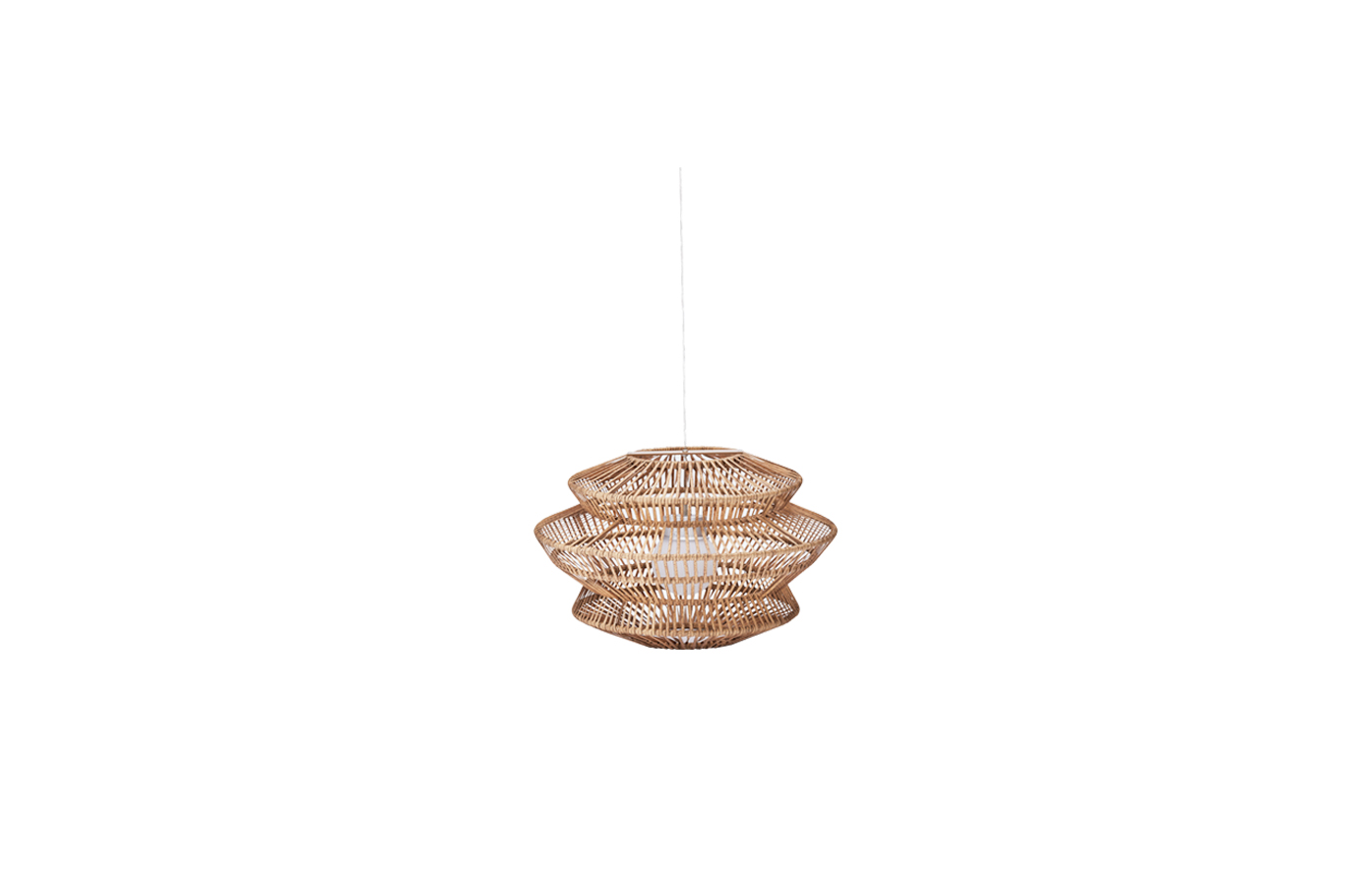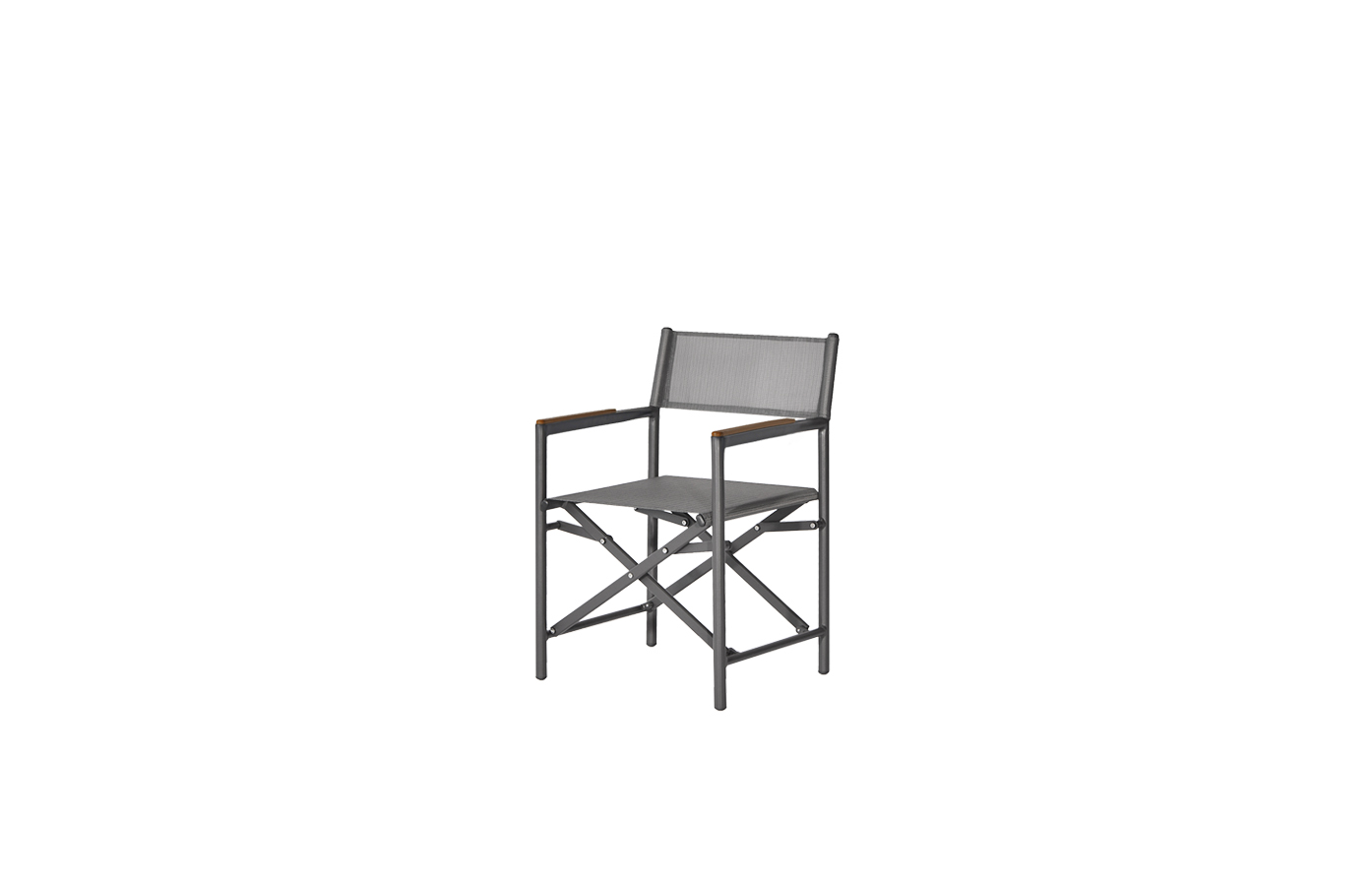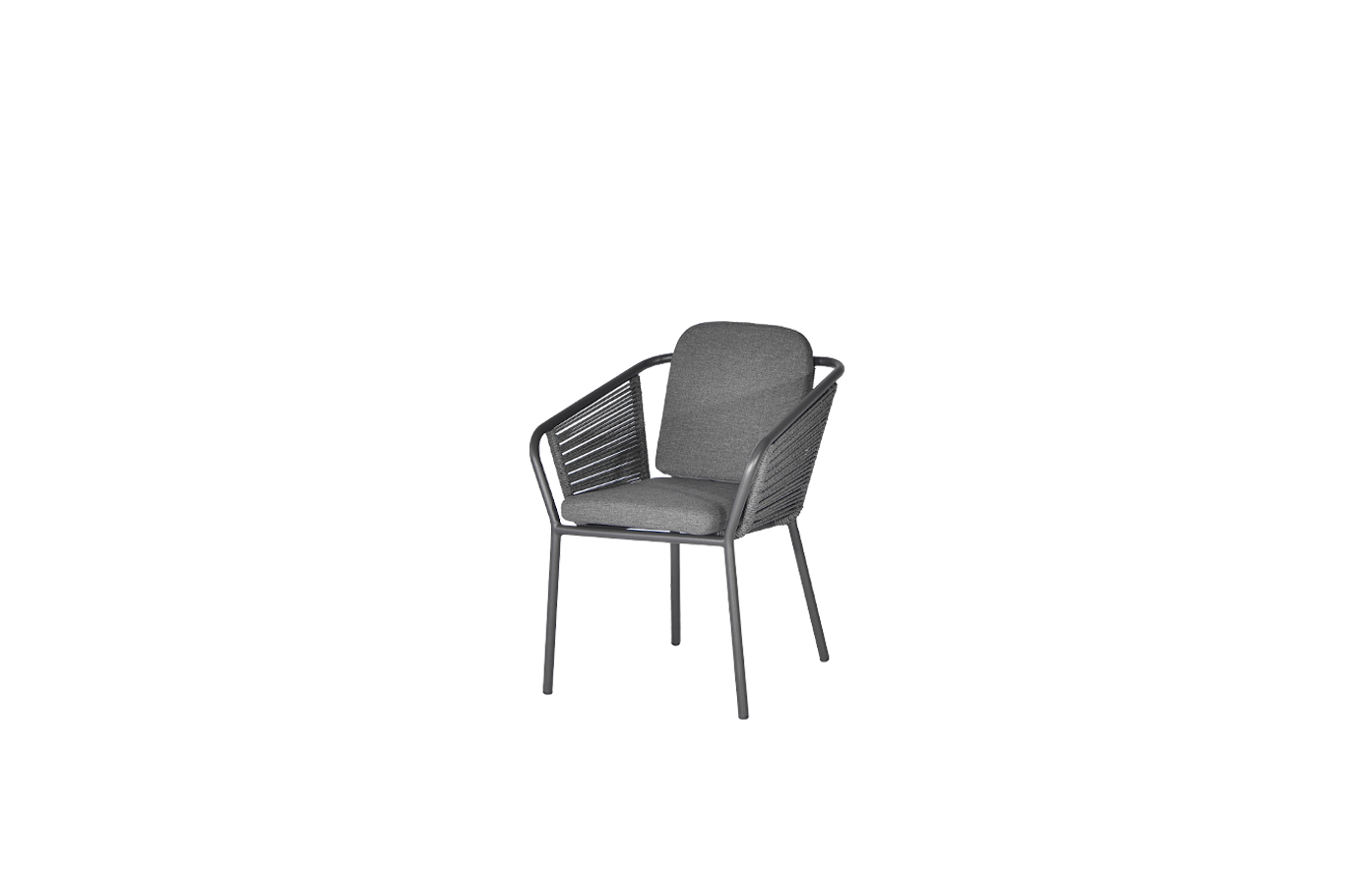
The Evolution of Modern Furniture: Blending Style and Functionality
Modern furniture has become an integral part of our homes and offices, revolutionizing the way we perceive interior design. With their sleek, clean lines and minimalist aesthetics, modern furniture pieces have gained immense popularity over the years. They embody a perfect balance between style and functionality, promoting a sense of harmony and simplicity in living spaces.
Originating in the late 19th century, modern furniture emerged as a response to the ornate and heavily embellished styles of the past. Influenced by the artistic movements of that time, such as the Bauhaus and Art Deco, designers began to experiment with new materials and techniques, aiming to create furniture that embraced both artistic expression and practicality.
One of the primary characteristics of modern furniture is its focus on simplicity. Clean lines, geometric shapes, and uncluttered designs are the hallmarks of this style. The idea is to eliminate excessive ornamentation and create a cohesive and calming atmosphere. This simplicity allows the furniture to blend seamlessly into any interior, making it an excellent choice for both traditional and contemporary spaces.
In addition to simplicity, modern furniture also emphasizes functionality. With the rise of urban living and smaller living spaces, furniture designers had to find innovative ways to maximize utility without sacrificing style. As a result, modern furniture often includes multi-functional features such as hidden storage compartments, modular designs, and convertible elements. These practical additions enable users to make the most of their limited space, providing flexibility and convenience.
Materials play a crucial role in modern furniture design. Instead of relying solely on traditional materials like wood and leather, designers began experimenting with new materials such as glass, steel, and plastics. These materials offered greater durability, flexibility, and allowed for unique shapes and designs. For instance, iconic furniture pieces like the Barcelona Chair, designed by Ludwig Mies van der Rohe, combined stainless steel frames with leather upholstery, creating a timeless and elegant look.

The Evolution of Modern Furniture: Blending Style and Functionality
Another significant aspect of modern furniture is its adaptability. As new design trends and technological advancements emerge, modern furniture evolves to accommodate these changes. This adaptability ensures that modern furniture remains relevant and in-demand, constantly pushing the boundaries of design innovation.
Today, modern furniture is not limited to residential use; it has also made a significant impact in office and commercial spaces. Many modern offices now feature ergonomic chairs, adjustable standing desks, and collaborative furniture that promotes productivity and well-being. The blend of style and functionality in modern office furniture has become an essential element for companies striving to create an inspiring and comfortable work environment.

The Evolution of Modern Furniture: Blending Style and Functionality
Moreover, modern furniture has also found its way into outdoor spaces, transforming gardens, patios, and balconies into elegant and inviting living areas. Outdoor lounges, dining sets, and weather-resistant materials make it possible to enjoy the great outdoors without compromising on style and comfort.
In conclusion, modern furniture has come a long way since its inception in the late 19th century. Its emphasis on simplicity, functionality, adaptability, and the use of innovative materials has made it a staple in both residential and commercial spaces. Whether it’s a mid-century modern armchair or a contemporary office workstation, modern furniture continues to evolve, shaping the way we live, work, and relax. Its timeless design and enduring appeal ensure that modern furniture will continue to be an integral part of our interior landscapes for years to come. Leather Couch Living Room Sofa
